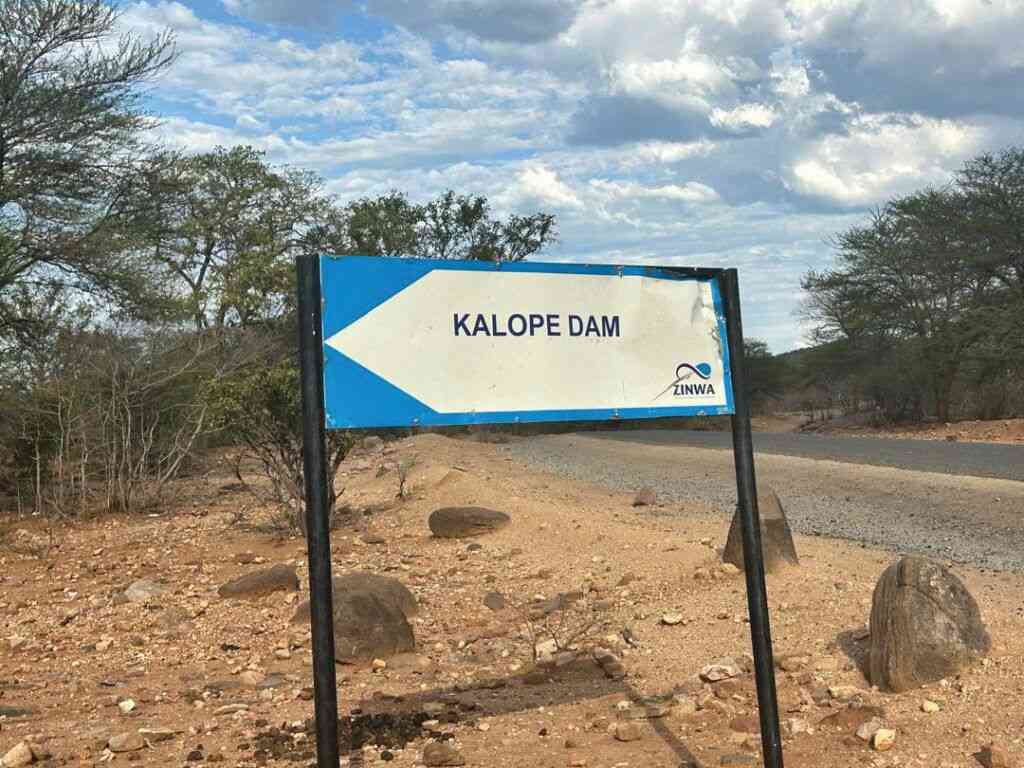
ZIMBABWE and most parts of the southern Africa region is expected to receive normal to above normal rainfall during the 2024/25 agricultural season amid calls by experts to intensify farming preparations.
According to the Southern Africa Regional Climate Outlook Forum (SARCOF), the normal to above normal rainfall will be a boon for agriculture, water resources and economic development.
The positive rainfall patterns, according to farmer organisations, will require the farmers to be proactive in logistics, especially delivery of inputs and land preparation.
Addressing SARCOF closing ceremony in Harare yesterday, Meteorological Services Department director Rebecca Manzou said increased probability of normal to below normal conditions during the October to December period was forecast for south-western Zambia, Zimbabwe, Botswana and north-east South Africa.
“The areas with increased probability of below normal rainfall are expected to extend to cover northern DRC [Democratic Republic of Congo] and northern Tanzania by the December to February period,” Manzou said.
“The predicted rainfall surge is poised to have a profoundly positive impact on the region’s agricultural sector, enabling farmers to capitalise on the favourable conditions to plant and harvest a diverse range of crops.”
She said the climate scientists participating in the SARCOF meeting took into account oceanic and atmospheric factors that influenced climate over the Sadc region.
“These include the El Niño-Southern Oscillation (ENSO), which is currently in the neutral phase. The ENSO is projected to reach a weak La Nina phase during the forecast period.
- ‘Let’s enhance the capability of our climate service equipment’
- Zim to receive normal rainfall in 2024/25 agric season
Keep Reading
“Another driver affecting Sadc’s regional climate Indian Ocean 3 Dipole is currently in a neutral phase and is forecasted to remain neutral throughout the 2024-25 rainfall season,” Manzou said
“The period October to March is the main period of interest for this outlook for southern Africa. Owing to the differences and evolution patterns in the predominant rainfall-bearing systems, the rainy season has been subdivided into three overlapping three-month periods.”
She said it was important to understand the regional climate dynamics, noting that the forecast did not adhere strictly to national borders, but rather covered broader climatic zones within Sadc.
“It is emphasised that boundaries between zones should be considered as transition areas. Outlook information is provided only for countries that comprise the Southern Africa Development Community region.
“The colours for each zone indicate four categories: above-normal, normal-to-above, normal-to-below and below-normal, differing in probabilities of rainfall in each of the three tertile categories.”
Zimbabwe Farmers Union executive director Paul Zakariya said farmers needed to be fully in charge to get the most out of the season.
“The 2023/24 agricultural season brought quite some uncomfortable experiences where the drought, the El Niño-induced drought, took centre stage and agriculturally, the predictions coming from SARCOF indicate normal to above normal rainfall throughout the season and this is very refreshing,” he said.
“It means an exact opposite of what we are just coming out of. We need to be proactive in terms of all the logistics involving delivery of inputs and land preparation so that all these are done well ahead of the rains.
“So we need to really put all our heads together, the contractors that we have, the banks that are processing farmer loans and the mechanisation that is required, everything has to be put in place well ahead of the rains beginning October.”
Meanwhile, Cabinet yesterday received an update on the 2023/24 Summer Crops Marketing and Food Security Outlook to March 2025 and the 2024 Winter Cereals Plan, indicating that the country’s food balance sheet to March 2025 showed that 6,2 million rural people would require assistance.
“Taking into consideration the rural population requirements to March 2025 and the school feeding programme to April 2025, the maximum amount of grain required is 464 608,54 metric tonnes.
“Current stocks in the Strategic Grain Reserve, comprising wheat, maize and traditional grains are at 264 246 metric tonnes excluding 32 314 metric tonnes imported by government to date,” Information, Publicity and Broadcasting Services minister Jenfan Muswere told journalists yesterday.
Speaking during post-Cabinet media briefing, Muswere said the 200 362,54 metric tonnes shortfall would be met from the winter wheat harvest surplus on the national annual requirement estimated at 240 000 metric tonnes, including additional government grain imports estimated at 300 000 metric tonnes.











